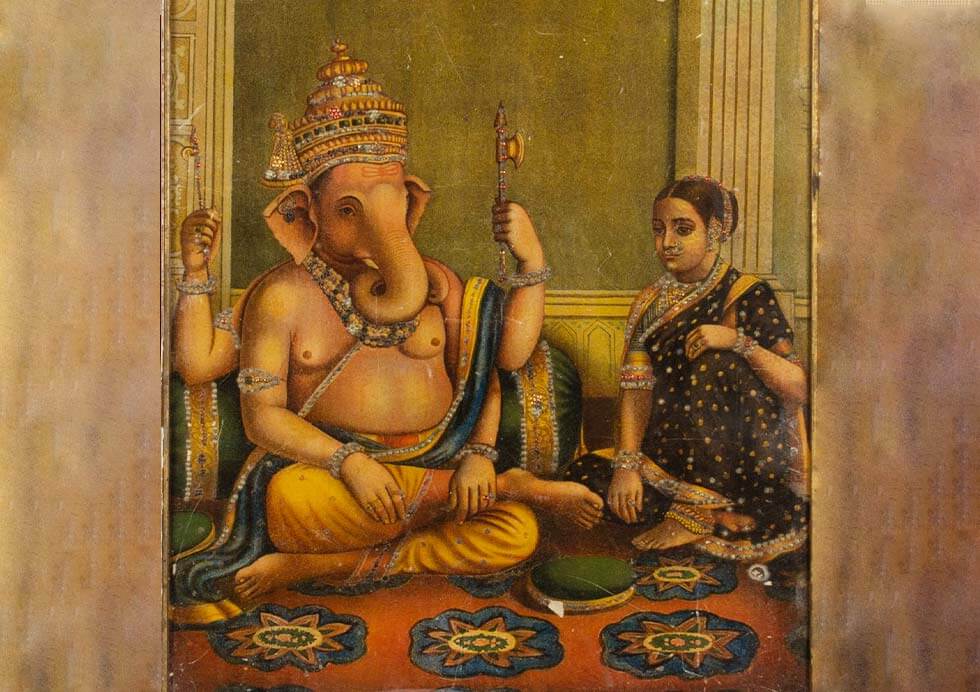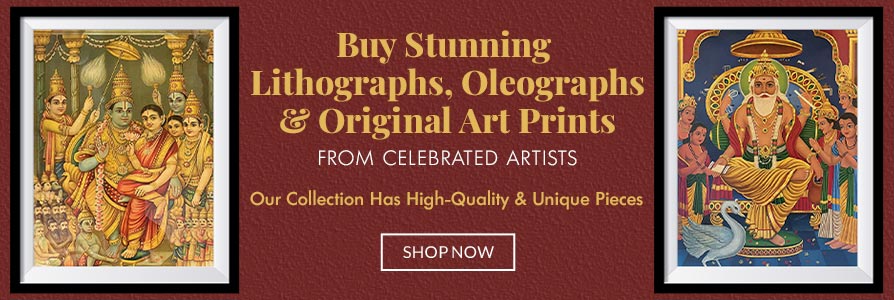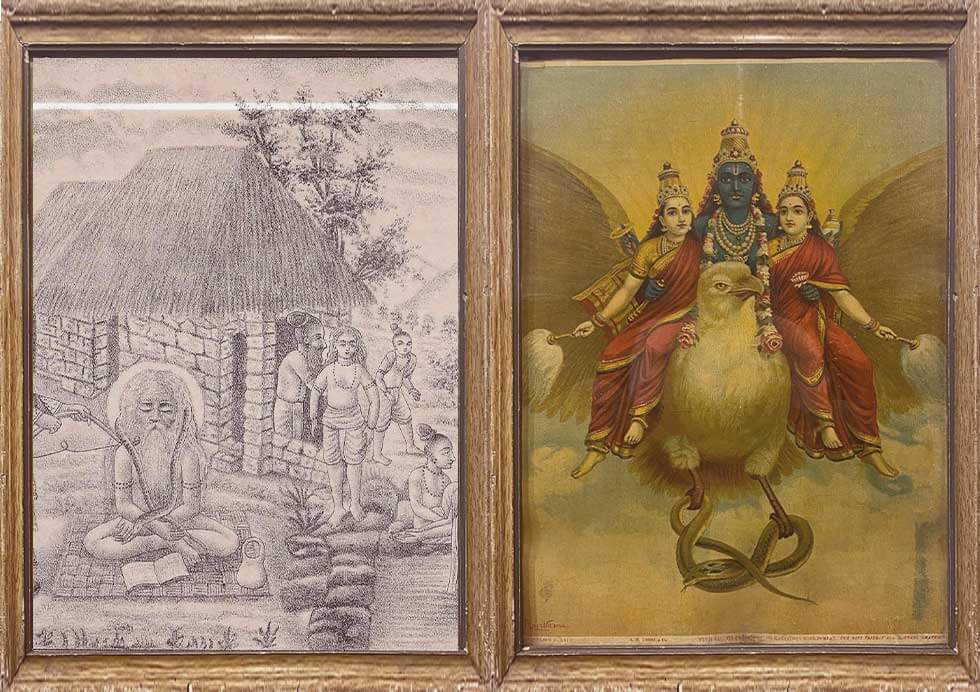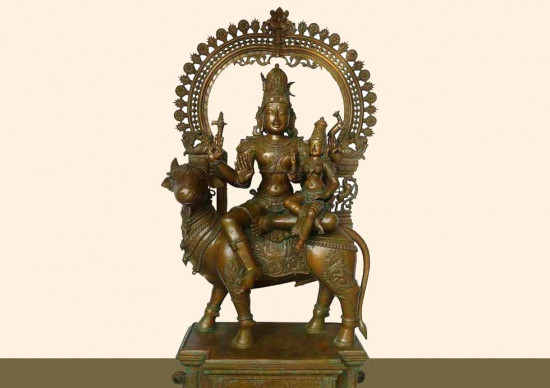
Delving into the world of printmaking, enthusiasts often encounter two captivating techniques: lithography and Oleograph. Chromolithography, the latter commonly known as oleograph. While both contribute to the rich tapestry of art prints, each method boasts distinctive features that set them apart. This exploration aims to unravel the nuances and shed light on the key differences between lithographs and oleographs.
Historical Evolution
Lithographs: Tracing its roots to the late 18th century, lithography pioneered by Alois Senefelder revolutionized the printing landscape. Artists like Henri de Toulouse-Lautrec embraced this technique, making it a staple in 19th-century visual arts.
Oleographs: Emerging later in the 19th century, oleographs gained prominence in the early 20th century. Characterized by hand-prepared plates for each color, oleographs sought to capture the essence of original oil paintings with vibrant hues and intricate details.
Oleographs: Emerging later in the 19th century, oleographs gained prominence in the early 20th century. Characterized by hand-prepared plates for each color, oleographs sought to capture the essence of original oil paintings with vibrant hues and intricate details.
Production Techniques
Lithographs: Executed on a single stone or metal plate, lithographs involve drawing an image with a greasy substance. Chemical treatments create a surface where ink adheres to the drawn areas, producing a printed image on paper.
Oleographs: Employing chromolithography, oleographs require a separate stone or plate for each color. This meticulous process involves printing each color in register over the others, resulting in a full-color image reminiscent of oil paintings.
lithographs and oleographs, woodcuts stand out as another distinctive form of printmaking. Renowned for their bold and distinctive lines, woodcuts are created by carving an image onto a wooden block. The ink is then applied to the raised surface, resulting in a print with a unique and expressive quality. This technique provides artists with the opportunity to convey a sense of strength and character in their creations. Each printmaking method, including lithographs, oleographs, and woodcuts, offers artists a diverse range of possibilities to express their creativity and captivate viewers.
lithographs and oleographs, woodcuts stand out as another distinctive form of printmaking. Renowned for their bold and distinctive lines, woodcuts are created by carving an image onto a wooden block. The ink is then applied to the raised surface, resulting in a print with a unique and expressive quality. This technique provides artists with the opportunity to convey a sense of strength and character in their creations. Each printmaking method, including lithographs, oleographs, and woodcuts, offers artists a diverse range of possibilities to express their creativity and captivate viewers.

Visual Characteristics
Lithographs: Known for fine lines and subtle tonal variations, lithographs showcase precision and control. The single-plate approach offers simplicity while maintaining artistic finesse.
Oleographs: Celebrated for vibrant colors and high detail levels, oleographs utilize multiple plates, allowing for a broader color range and intricate image details. The final result often mirrors the texture and richness of original oil paintings.
Historical Significance and Popularity
Lithographs: Widely adopted for book illustrations and advertising materials in the 19th century, lithographs have left an indelible mark on art history. Artists like Toulouse-Lautrec contributed to its popularity.
Oleographs: Developed later but gaining traction in the early 20th century, oleographs were utilized for reproducing famous artworks and decorative prints in homes, maintaining their allure among collectors.
Value and Collectability
Rarity, limited editions, and print conditions significantly influence the value of both lithographs and oleographs. Factors such as the artist’s reputation and market trends play crucial roles in determining their collectability.
In conclusion, the distinctions between lithographs and oleographs extend beyond their production methods, encompassing historical origins, visual characteristics, and cultural significance. Whether one gravitates towards the precision of lithographs or the vividness of oleographs, understanding these differences enriches the appreciation of these timeless forms of artistic expression.
In conclusion, the distinctions between lithographs and oleographs extend beyond their production methods, encompassing historical origins, visual characteristics, and cultural significance. Whether one gravitates towards the precision of lithographs or the vividness of oleographs, understanding these differences enriches the appreciation of these timeless forms of artistic expression.

Advantages & Disadvantages: Lithographs vs Oleographs
Lithographs and oleographs, both cherished forms of art, come with their distinct advantages and disadvantages, catering to diverse preferences and considerations for art collectors.
Advantages of Lithographs:
Advantages of Lithographs:
- Affordability: Lithographs are often a more budget-friendly option for art collectors, making art accessible to a wider audience.
- Mass Production: The lithographic process allows for the creation of multiple copies, increasing availability and affordability.
Disadvantages of Lithographs:
- Limited Texture: Lithographs may lack the tactile qualities that some collectors appreciate in original artworks, as they are typically flat and smooth.
- Durability Concerns: These prints are generally less durable, with susceptibility to fading over time, especially when exposed to sunlight or harsh environmental conditions.
Advantages of Oleographs

- Vibrant Colors: Oleographs boast highly saturated and vibrant colors, providing a visually stunning and aesthetically pleasing result.
- Durability: The layering of paint on paper during the printing process makes oleographs more durable, resistant to fading, and longer-lasting.
Disadvantages of Oleographs:
- Cost: Oleographs can be relatively expensive due to the intricate printing process and the vibrant, high-quality colors used.
- Limited Availability: Many oleographs were produced in the early 20th century, making them less prevalent in the market compared to lithographs.

Advantages & Disadvantages: Lithographs vs Oleographs
Budget: Lithographs are a more economical choice for those on a budget, while oleographs may require a larger investment.
Texture and Aesthetics: Consider whether you prefer the smooth surface of lithographs or the textured, vibrant appearance of oleographs.
Durability: If longevity is a priority, oleographs may be a more suitable option due to their resistance to fading.
Availability: Lithographs are more widely produced, offering greater availability, while oleographs, being rarer, may require more effort to find in the market.
When making a decision between lithographs and oleographs, it’s crucial to weigh these factors based on your personal preferences, budget constraints, and the specific qualities you value in art. Additionally, staying informed about market trends and seeking expert advice can enhance the confidence in your art investment decisions.
When making a decision between lithographs and oleographs, it’s crucial to weigh these factors based on your personal preferences, budget constraints, and the specific qualities you value in art. Additionally, staying informed about market trends and seeking expert advice can enhance the confidence in your art investment decisions.







